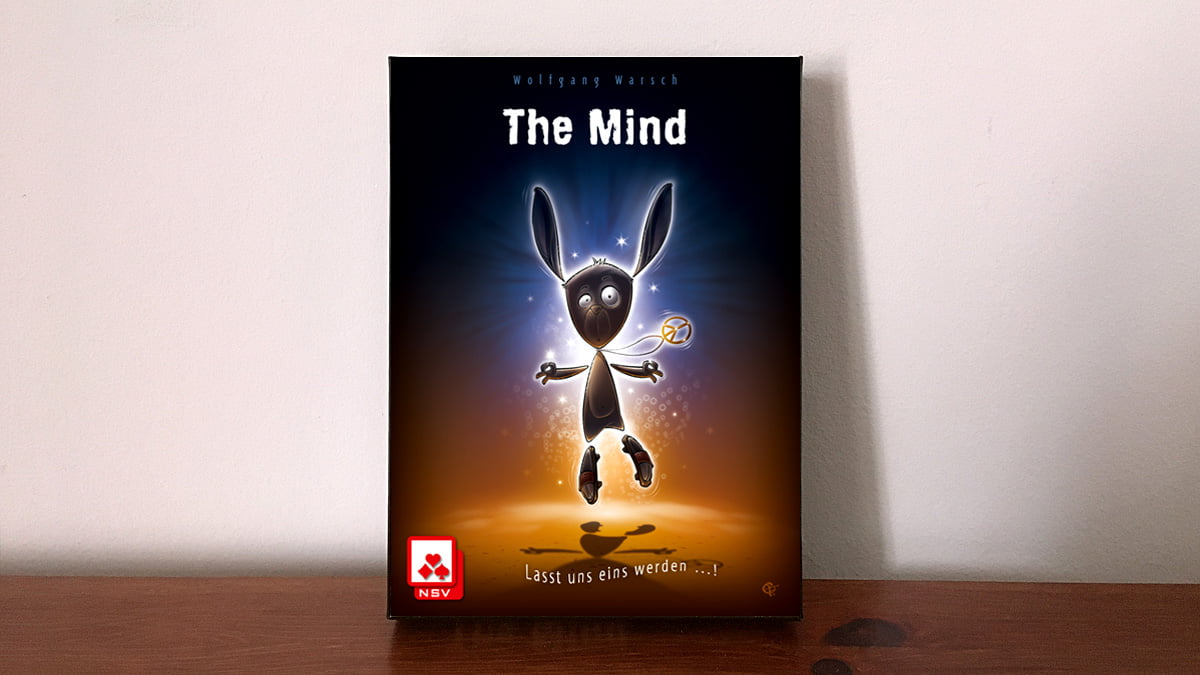
What Is The Mind?
The Mind is an unusual, cooperative card game for two to four players. Players attempt to place down numbered cards in the correct order without speaking to one another, using only the power of their minds. It is recommended for players aged eight and up and takes around 20 minutes to play.
Please note: This post contains affiliate links.
The Mind Components
- 100 Number Cards
- 12 Level Cards
- 5 Life Cards
- 3 Throwing Star Cards
- Instruction Sheet
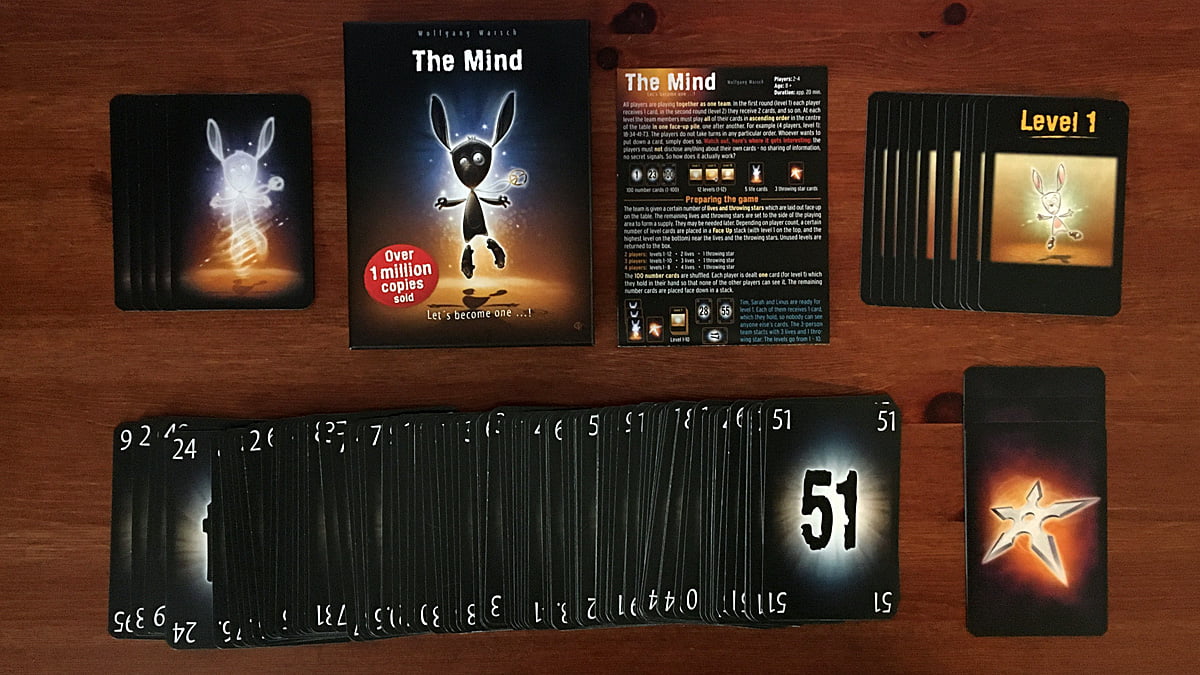
The components of The Mind are fairly basic, but they are still of very good quality. The cards are printed on linen-textured cardstock which shuffles beautifully and the artwork, while not especially amazing, feels exactly right for the game with an odd style that immediately put me in mind of tarot.
The box is also perfectly sized for all the cards with no wasted space but also no damage to the cards themselves due to being squished into an overly small package. This perfect sizing combined with the lack of plastic components means The Mind is very environmentally friendly.
How to Play The Mind
Setup
To begin a game of The Mind, begin by separating out the different card types. The Level Cards are placed in a stack with Level One face up at the top and the highest level number at the bottom. All twelve Level Cards are used in a two-player game, levels One-Ten are used in a three-player game, and levels One-Eight are used in a four-player game.
One Throwing Star is placed face-up in the middle of the playing area for the team to use. Besides this card, the Life cards are also placed face-up. As with the Level Cards, the number of Life Cards is also determined by the number of players with the number of Life Cards used matching the number of players in the team.
Finally, all 100 Number Cards are thoroughly shuffled and placed face down in a stack. For Level One, each player in the team receives one card which they must not reveal to the other players. As the game progresses, the number of cards each player receives increases, so that should two players reach Level Twelve, both of them will receive twelve cards.
The Mind is now ready to play.

Gameplay
The object of The Mind is very simple. The players in the team must place down all the random Number Cards in their hands, in numerical order beginning with the smallest number and ending with the largest. If they succeed in doing so, they pass that level and move on to the next one with an increased number of reshuffled Number Cards in their hands.
The trick is that the players must not speak to one another, show one another their cards, or communicate in any way. They must only use the power of their minds to decide who goes next and the player who *believes* they have the current lowest card in play must place it face-up in the middle of the table. It is a game based on team concentration and as such, any player may, at any time, say “Stop” and give the team a moment to refocus before the game continues.
Playing an Incorrect Number Card
If a player places down a Number Card and another team member still has a lower Number Card in their hand, that player immediately says “Stop.” One Life Card is returned to the box (if no Life Cards are remaining, then the team has just lost) and any Number Cards remaining in team member’s hands that are lower than the card just played are set aside. The team then refocuses and begins again.
Passing Levels
If all the Number Cards held by team members during a level have been successfully placed down in the correct order, the team passes that level. All the Number Cards are gathered and reshuffled ready for the next level. Successfully completing some levels also generates rewards of extra Life Cards and Throwing Stars. Rewards are indicated in the bottom right-hand corner of the current Level Card.
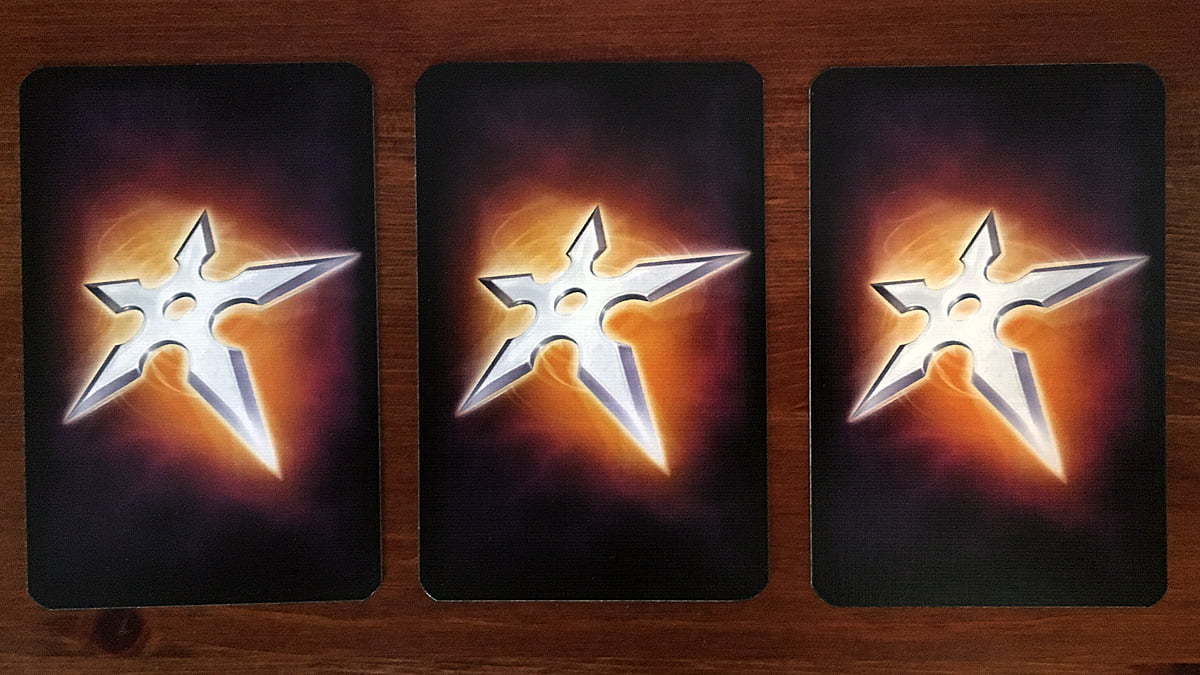
Throwing Stars
Throwing Stars can be used at any point during the game if all players agree. To suggest that a Throwing Star be used, a player raises their hand. If all other players agree, then a Throwing Star card is returned to the box and every player discards the lowest card in their hand by placing it face up beside the playing area. The game then continues as before.
Winning the Game
The team wins The Mind by successfully passing every level (12 in a two-player game, ten in a three-player game, and eight in a four-player game) without running out of lives.
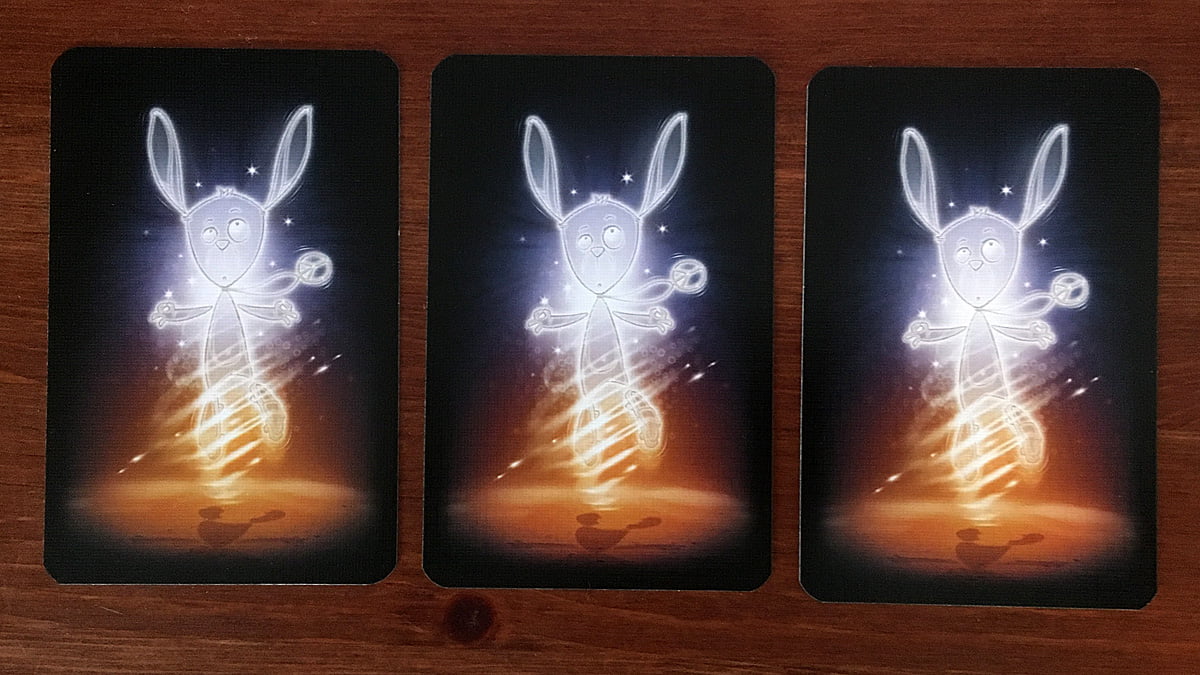
The Mind Verdict
The Mind is almost certainly going to be one of the weirdest games you’ll ever play and will most likely divide opinions sharply between those who love it and those who really don’t. I found myself in the former group. I first played The Mind in the middle of a crowded London Toy Fair with a representative from Coiledspring Games and immediately fell in love with its unusual nature which is unlike anything I had ever played before, or have played since.
There is, as you may have already suspected, a trick to playing this game which means that successfully completing levels does require more than just luck. I won’t reveal what the trick is (if you’re curious, you can read it on the instruction sheet which is easy to Google) but in order to use it, you’ll need to play together regularly and learn to read the other players. I didn’t feel that knowing the “truth” about the game changed anything about it for me—I already knew telepathy wasn’t involved!—but others may feel that the “magic” is diminished by figuring it all out.
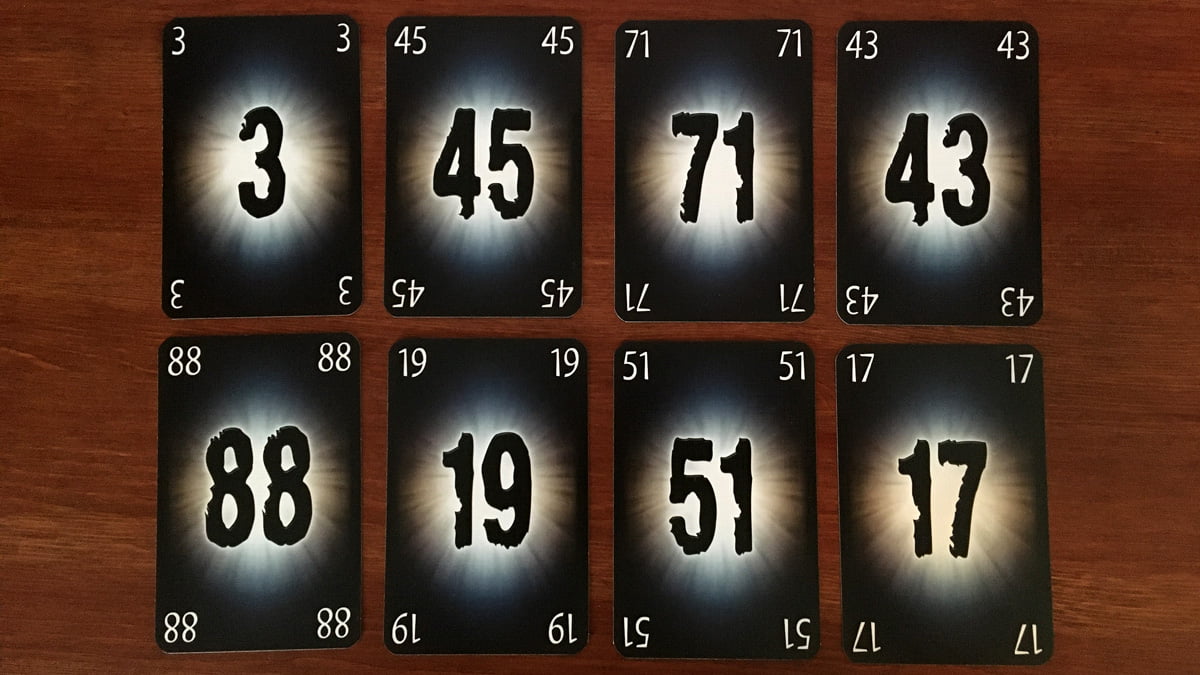
As an introvert, I also loved how quiet The Mind is! Most party games are fast and loud, requiring split-second decisions and a willingness to shout out answers. The Mind is the total opposite of that, it needs near-total silence and a slower pace to give time for thought but still requires players to be working together at all times. This makes it ideal for a mid-evening break to let everyone chill out for a while.
One issue that has been raised about The Mind is that it is quite easy to break the game, theoretically at least. If your team has spare Life Cards at the higher levels, a player with all high cards in their hand could simply play at the beginning of the level, sacrificing a single Life Card but resulting in everything below their card being discarded. While this is technically true (the players must always play their lowest card so a player with card 99 couldn’t just play it at the beginning and wipe out dozens below it, but they could still play their lowest card even if it is high) it simply goes against the spirit of the game and that would be a real shame.
The Mind is an unusual game that will certainly get people talking, at least before they have to stop entirely in order to play! I can almost guarantee it will add something entirely unique to your game collection, so if you’re looking for something entirely new to try your hand at, then I highly recommend picking it up and seeing how well you and your friend and family can synchronize your minds.
GeekMom received a copy of this game for review purposes.



